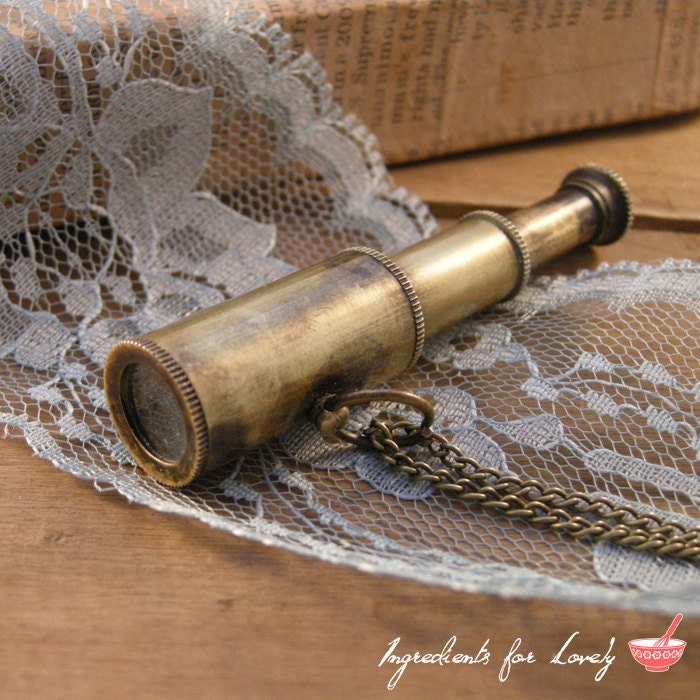

However, increasing magnification will compromise the field of view and the relative brightness of the object. For viewing at longer distances, 10× or 12× is preferable if the user is able to hold the monocular steady. At this magnification, the field of view is relatively wide, making it easier to locate and follow distant objects. This represents a usable magnification in many circumstances and is reasonably easy to hold steady without a tripod or monopod. (This is covered in more detail in the section "Interpreting product specifications" below.)Īs with binoculars, possibly the most common and popular magnification for most purposes is 8×. "39×95", which on a small cheap monocular is more likely to refer to the physical dimensions than the optical parameters.

Care is needed in interpreting some monocular specifications where numerical values are applied loosely and inaccurately-e.g. Objective lens diameter is typically in the range 20mm to 42mm. Variable magnification or zoom is sometimes provided, but has drawbacks and is not normally found on the top quality monoculars. Contemporary monoculars are typically compact and most normally within a range of 4× magnification to 10×, although specialized units outside these limits are available. An 8× magnification makes the distant object appear to be 8 times larger at the eye. (As at February 2016).Īs with binoculars and telescopes, monoculars are primarily defined by two parameters: magnification and objective lens diameter, for example, 8×30 where 8 is the magnification and 30 is the objective lens diameter in mm (this is the lens furthest from the eye). Prices range widely, from the highest specification designs listed at over £300 down to "budget" offerings at under £10. Today, most monoculars are manufactured in Japan, China, Russia and Germany, with China offering more product variety than most. Whereas there is a huge range of binoculars on the world market, monoculars are less widely available and with a limited choice in the top quality bracket, with some traditionally very high quality optical manufacturers not offering monoculars at all. a typical monocular) can be used for less stringent applications. A smaller pocket-sized "pocket scope" (i.e. When high magnification, a bright image, and good resolution of distant images are required, a relatively larger instrument is preferred (i.e. Compact monoculars are also used in art galleries and museums to obtain a closer view of exhibits. Applications for viewing more distant objects include natural history, hunting, marine and military.

Visually impaired people may use monoculars to see objects at distances at which people with normal vision do not have difficulty, e.g., to read text on a chalkboard or projection screen. However, monoculars also tend to have lower magnification factors than telescopes of the same objective size, and typically lack the capacity of variable magnification. strabismus, anisometropia or astigmatism) or unilateral visual impairment (due to amblyopia, cataract or corneal ulceration).Ĭonventional refracting telescopes that use relay lenses has a straight optical path that is relatively long as a result, monoculars normally use Porro or roof prisms to "fold up" the optical path, which makes it much shorter and compact (see the entry on binoculars for details). Monoculars are also sometimes preferred where difficulties occur using both eyes through binoculars due to significant eyesight variation (e.g. Monoculars are ideally suited to those application where three-dimensional perception is not needed, or where compactness and low weight are important (e.g. As a result, monoculars only produce two-dimensional images, while binoculars can use two parallaxed images (each for one eye) to produce binocular vision, which allows stereopsis and depth perception. This is because binoculars are essentially a pair of monoculars packed together - one for each eye.
Name of pirate telescope portable#
The volume and weight of a monocular are typically less than half of a pair of binoculars with similar optical properties, making it more portable and also less expensive. Diagram of a monocular using a Schmidt-Pechan prism:ġ – Objective lens 2 – Schmidt-Pechan prism 3 – EyepieceĪ monocular is a compact refracting telescope used to magnify images of distant objects, typically using an optical prism to ensure an erect image, instead of using relay lenses like most telescopic sights.


 0 kommentar(er)
0 kommentar(er)
